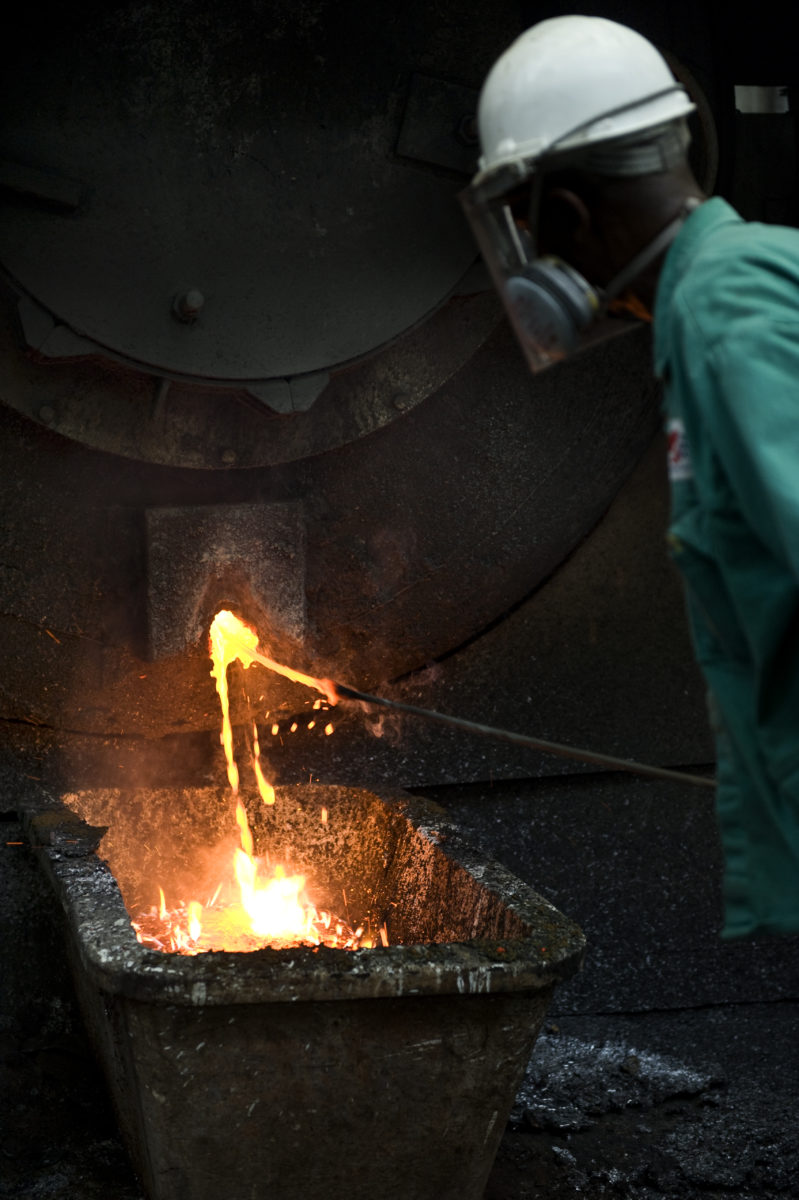The Consortium for Battery Innovation (CBI) – an industry association funded by the lead and battery industries – has outlined the R&D goals required to ensure lead batteries meet new requirements and take advantage of growing opportunities in the energy storage space.
“We’re in the midst of a revolution in battery technologies as governments look to accelerate their move to low carbon energy sources,” said CBI director Alistair Davidson. “We need a range of high-performance batteries for different products and applications to meet this growing trend.”
The report, An innovation roadmap for advanced lead batteries, noted demand for all types of storage will grow thanks to the rising volume of renewable energy generation capacity and the associated need for energy storage to back-up their intermittent generation. Attention has focused largely on lithium-ion products in terms of the energy transition, because of their electric vehicle applications.
“Demand is growing substantially, driven by governments around the world setting ambitious goals and targets for decarbonization and electrification,” noted Davidson in his executive summary of the report. “The demand cannot be met by one technology alone. Lead batteries are one of the technologies with the scale and the performance capability able to meet these requirements.”
Performance goals
The study concedes lead batteries cannot offer the same performance as lithium in terms of energy density, but outlines research goals that could make lead batteries viable in energy storage systems supporting solar or wind generation.
Chief among the R&D targets listed is a five-fold extension in cycle life, with the CBI aiming to achieve lead batteries capable of more than 5,000 cycles at a charge efficiency of at least 90% by 2022, a figure the organization says would significantly lower operating costs. Other aims include improvements in partial-state-of-charge performance – since lead batteries can degrade when not fully charged after each use; deep cycle discharging; and durability at high temperatures.
The CBI report added, lead battery producers will also need to innovate to offer complete energy storage systems including optimized battery management and other safety features if they want to be part of the energy storage future.
Primary contributor
The consortium said it expects lead batteries to act as a “primary contributor” to the expanding impact of energy storage. While it expects steady growth in the use of 12 V lead acid batteries in the automotive industry, the report noted the aggressive arrival of alternate storage technologies in the industrial sector was a threat to lead products, and said more work was needed for the technology to take advantage of energy storage opportunities.
“Lead batteries in ESS [energy storage system] applications pose an opportunity for rapid market expansion but lead battery products must be poised to provide the proper performance,” read the report’s conclusion. “In each case, innovation is key to preserving or expanding the presence of lead batteries.”
 pv magazine is investigating the use of lead, a highly toxic material, in solar module manufacturing as part of our UP campaign focusing on sustainability across the renewable energy industry. The use of lead-based batteries in energy storage systems brings a new aspect to the debate since the amount of lead required would be much larger. Automobile batteries currently represent around 85% of global demand for the material, according to the International Lead Association. However, sustainability issues also surround the use of several materials in lithium-ion batteries and the lead battery industry has already implemented large scale recycling. The debate is far from black and white.
pv magazine is investigating the use of lead, a highly toxic material, in solar module manufacturing as part of our UP campaign focusing on sustainability across the renewable energy industry. The use of lead-based batteries in energy storage systems brings a new aspect to the debate since the amount of lead required would be much larger. Automobile batteries currently represent around 85% of global demand for the material, according to the International Lead Association. However, sustainability issues also surround the use of several materials in lithium-ion batteries and the lead battery industry has already implemented large scale recycling. The debate is far from black and white.
Keep an eye out for the October print edition of pv magazine for an update on how lead is handled by the PV manufacturing industry.
This content is protected by copyright and may not be reused. If you want to cooperate with us and would like to reuse some of our content, please contact: editors@pv-magazine.com.




I just don’t think lead batteries are up to this task. They’ve basically been innovationless for a few decades it seems overall. They have a place in D.I.Y. home solar and small business installations to be sure because their price is very attractive and they are a whole lot safer than the very volatile Lithium-Ion 18650 arrays everyone seems to be building. The problem is they don’t have the longevity to be effective in this arena for large systems. They aren’t going to be a good choice for anything utility scale unless something drastically improves in the tech. What looks far more promising than Lithium and Lead are super-capacitors…. Super high energy density, not given to volatility, can take a charge as fast as you can throw it at them, and longevity for years. and years as I understand it.